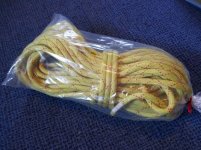Dead meat does not complain. It stays in the bottom of the boat. It does not bark. It is a good listener.
But not much company.
But not much company.
Around here, if you're a DIY kinda guy, those are not terribly hard to acquire if one isn't just laying around.A dead animal is all you may need, if you have one laying around.
IME, company is over-rated and the lack of companionship is overshadowed by the other attributes. On the other hand, live animals are easier to portage and many get upset when you start roasting "companion" animals.Dead meat does not complain. It stays in the bottom of the boat. It does not bark. It is a good listener.
But not much company.
Oh yes, of course. Coonhound mutt no longer with us but ideally suited to warm weather paddles of 2 hours or less in roomy solos. She fit especially well in deep boats that let her lay fore-aft. Aussiedoodle is a loaner and not really into paddling so ideally suited to leave at home; only 37 pounds of actual dog under that curly hair. Latest adopted 18 pounder fits in even low volume solos and can be happy in a sitting boat where your legs intrude on dog space...but doesn't like cold. My former black lab didn't mind heavy rain or snow and she could jump from canoe to canoe to visit friends so well-suited to group outings. She was ideal for trimming my Bell Northstar solo or tandem. She could easily handle long day trips but if I paddled three times in one day she'd avoid eye contact to try to skip the third paddle. There were several times that my lab jumped into an empty floating solo canoe behind my back at the put-in...which is basically impossible. She had a calming effect on people and wildlife so ideal for close encounters with critters.That looks like quite a bit of flexibility in ballast weight. Is each specific to a certain canoe or type of trip?

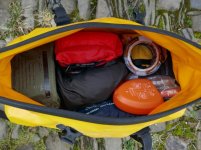

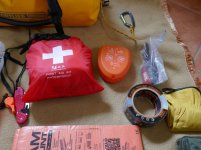
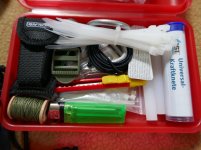
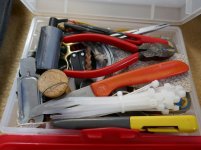
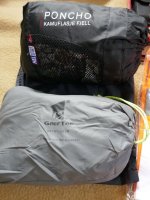
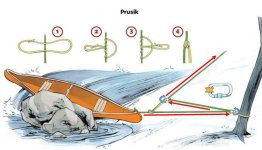
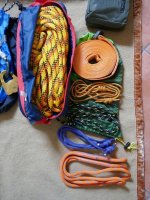

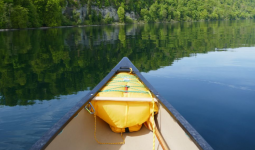

I find throw ropes have far too much stretch for a good pull- they're designed to absorb the impact caused by hard tugging or snagging on obstacles which can pull a throw line right out of a swimmer's grip.
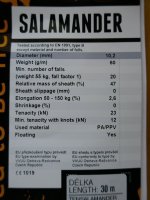 .
. 